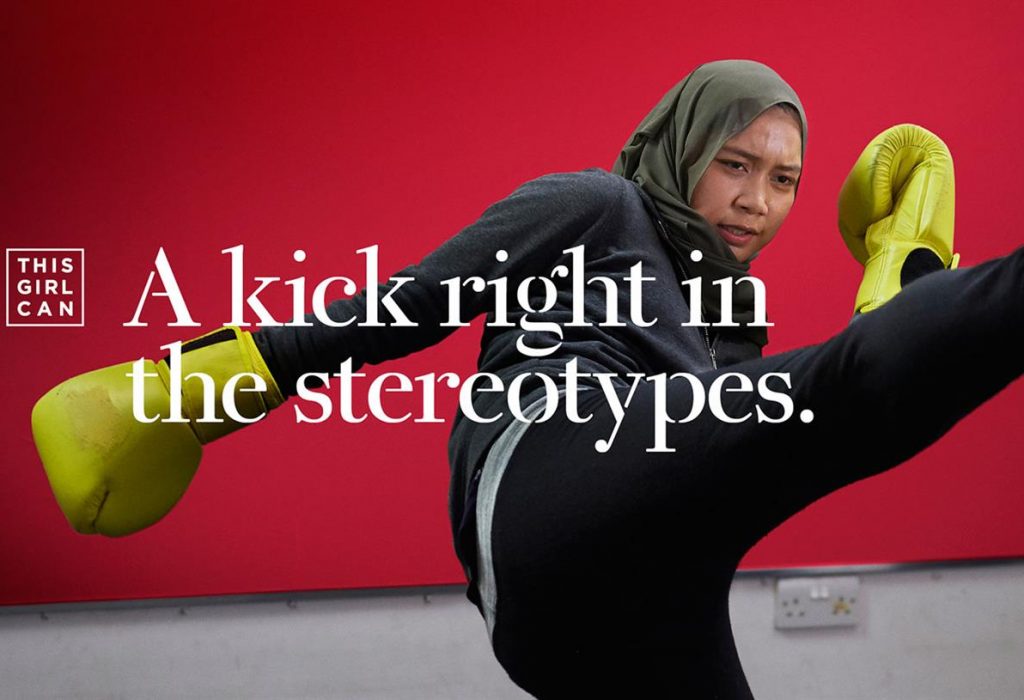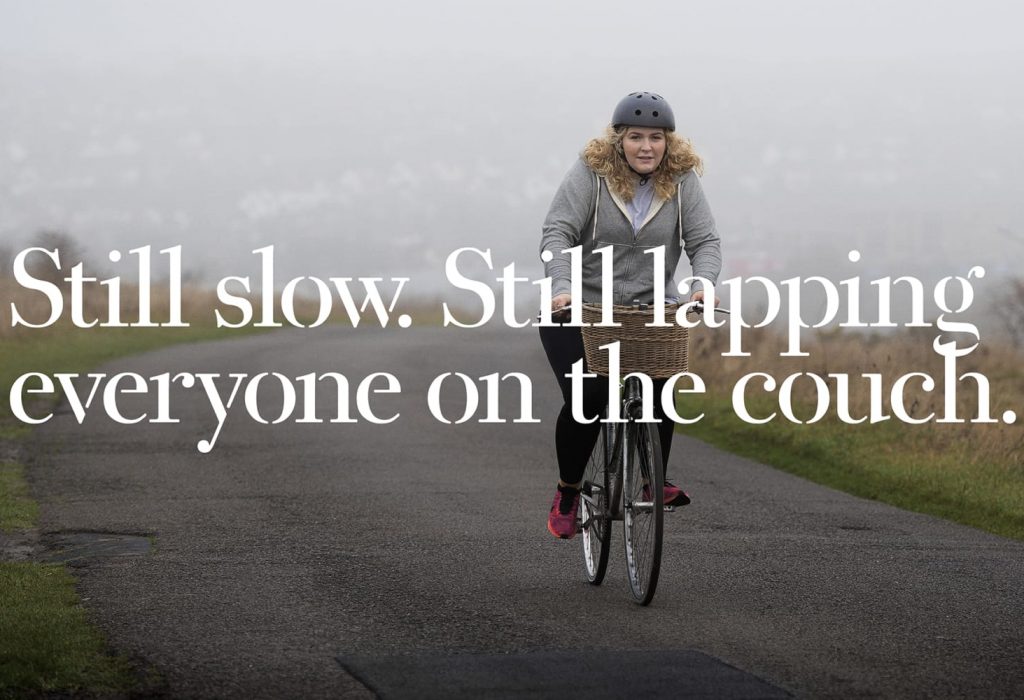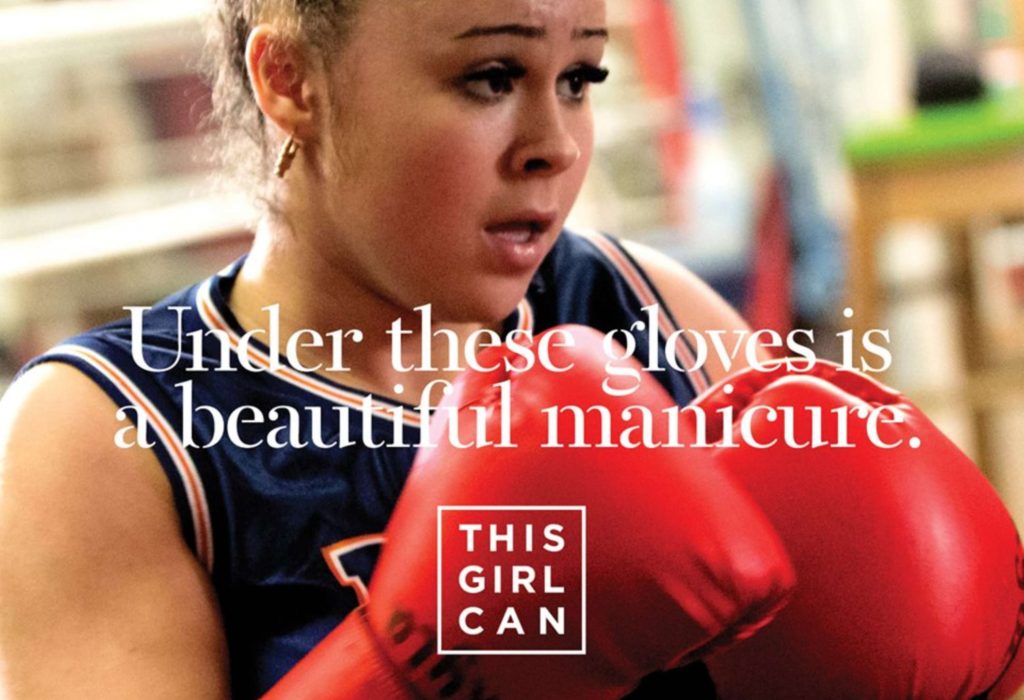Zulfikar Fahd, Account Executive, BlueSky Communications
Human beings were brought up to believe that we are rational creatures. We are always taught to take into account available information, analyze it, and consider the pros and cons of a situation before making a decision. Our ability to think is often said to be what differentiates us from other living beings and puts us at the top of the food chain.
The question is, is that all true?
Social psychologist and The Righteous Mind author Jonathan Haidt’s findings in behavioral science point to the contrary—that our behavior are regulated more by instincts and emotional impulses, such as fear, hatred, sex drives—than rational thought.
Take healthy lifestyle for example. We all are aware of its benefits, but only a few of us exercise regularly. In England, for example, a quarter of women avoid exercisein fear of being judged. They don’t want to be judged by their looks when they are sweating, and by their beginner skills. Some of them also fear of being judged because they choose to exercise instead of spending more time taking care of their families. Apparently, this fear of being judged overrides their knowledge of exercise benefits.
But why are we more reliant on emotional impulses than rational thought?
Haidt said, humans were hardwired to respond to their environment thousands of years ago. Back then, the world was a more dangerous place and to survive they had to make swift decisions or perish.
Therefore, emotional instincts often overrode rational thought when they faced any tricky situations. The world has become a relatively safer place since then, but our hardwiring has not changed. We think we are rational but are actually still driven by the emotional impulses.
For us communicators, when it comes to persuading people and changing behaviors, appealing merely to the rational part of the brain is not enough; one also needs to appeal to the emotional side.
Haidt first came up with the metaphor of the rider, the elephant and the path to explain this duality. The idea was also popularized by the Heath brothers in their book Made to Stick: Why Some Idea Survive and Others Die.There are three elements to the metaphor which also doubles as a useful model for behavior change. First is the rider which represents the rational mind. The second is the elephant, which represents the emotion. The third is the path, which represents the environment.
The rider processes complex information and can interpret signs, consider benefits and losses, and anticipate delayed gratification. When convinced, the rider can try to direct the elephant in which way to go by tightening or loosening the leash.
The elephant, however, is heavy and strong and more than capable of overriding the rider’s direction. The rider would be powerless if the elephant decides to go the other way. This rider-elephant relationship is also true when applied to a rational-emotional relationship. Very often the emotion will overwhelm the rational thinking.
In the case of women in England, the fear of being judged overrode their knowledge of exercise benefits. It is not because they are being irrational, but because judgement can be astoundingly awful and discouraging.
This insight drove a beautiful social campaign named This Girl Can. The campaign was aimed at alleviating the anxiety a woman might experience when trying to exercise. It specifically addressed the elephant because in this case, the problem was not on the rider.
The campaign encouraged people to ignore other’s judgement with hard-hitting lines like “Sweating like a pig, feeling like a fox”and “I kick balls, deal with it”to spearhead a change in attitude. To make it relatable and relevant, the advertisement also casted a host of ordinary women all over England instead of supermodels.



As a result, 1.6 million women have started exercising since the campaign went viral. Moreover, the number of exercising women is increasing faster than the number of exercising men.
In the later stage of the campaign, This Girl Can also addressed the third factor, which is the path.Many women don’t have easy access to sporting facilities. The campaign sought to make it easy, open the path for them to exercise by encouraging women to exercise anywhere—on the beach, the park, even in the comfort of their own home.
Imagine if the campaign tried to address only the rider instead. It would go on and on about the benefits of exercising that most people already know and would probably ignore. A social change, then, would not be achieved.
